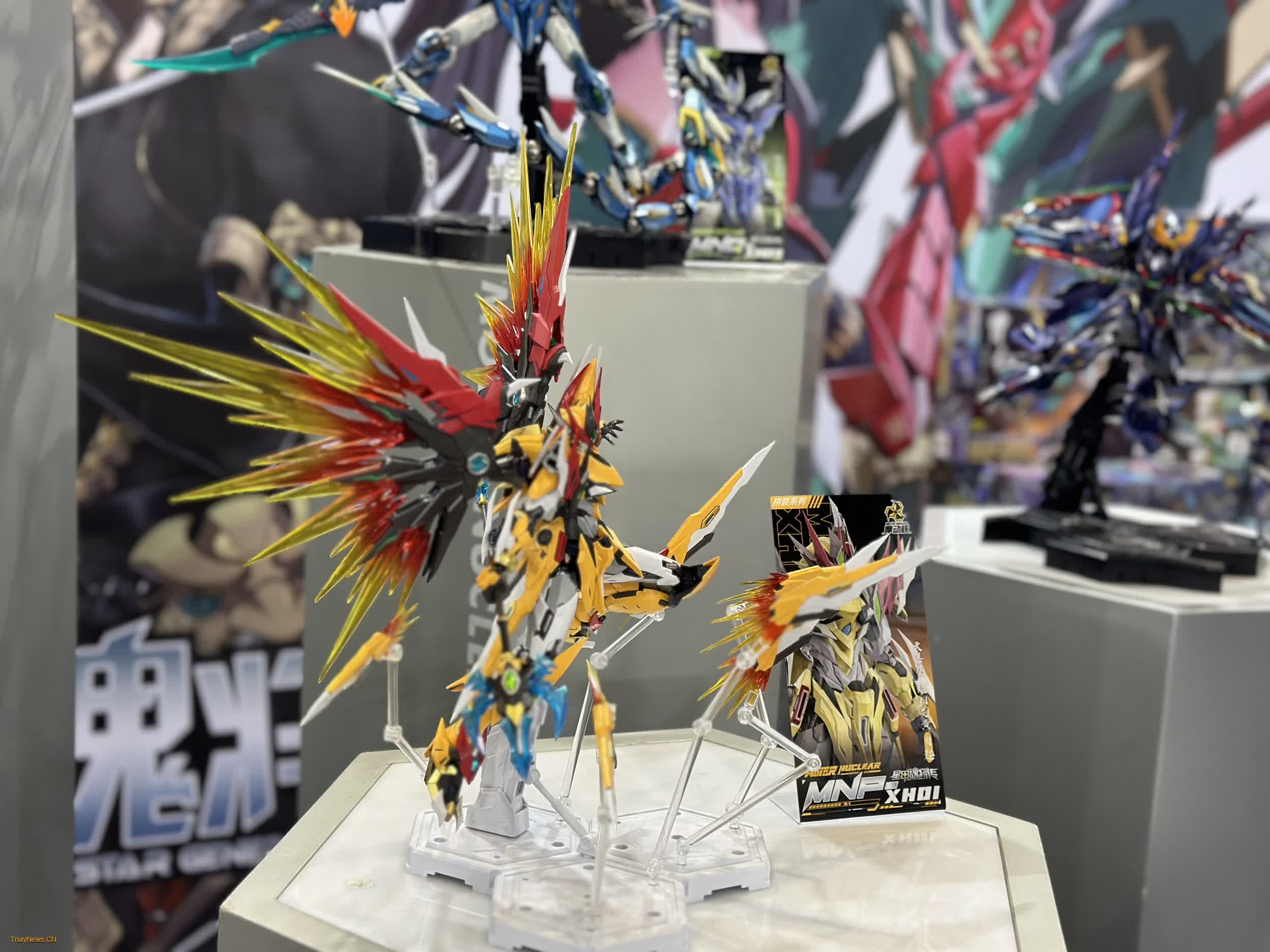
Photo shows the factory of Guangdong Enaiter Electrical Appliances Co., Ltd. (Photo/southcn.com)
Zhongshan, in south China’s Guangdong Province, is a major hub for home appliances in China.
In the smart workshops and warehousing zones of Guangdong Enaiter Electrical Appliances Co., Ltd., processes like stock-in and stock-out operations are fully automated.
From robotic arms for automatic blanking to unmanned production lines, and from automated stacking to AGV (Automated Guided Vehicle) warehousing logistics, Enaiter is fully committed to smart manufacturing.
“This year, we’re establishing a digitalized industrial chain, extending our internal digitization to suppliers and upstream and downstream partners to build automated, efficient, and unmanned production lines,” said Li Chengwu, the company’s vice general manager, aiming to enhance product competitiveness and drive new growth in small home appliance exports.
For over a decade, Enaiter has focused on developing intelligent rice cookers, applying cutting-edge technology and high-quality craftsmanship to become a leader in this market. “Innovation and product quality are priorities,” said Li. The company’s annual R&D spending exceeds 5 percent of revenue. Enaiter holds over 700 active patents, including 273 for utility models and 423 for design.
As it strengthens brand value and expands sales channels, Enaiter’s export network now spans more than 30 countries and regions across the Americas, Europe, Asia, and Africa. In the first three quarters of this year, exports grew by 20 percent, totaling nearly 700 million yuan (about $98 million.
“Smart home appliances are a traditional competitive industry in Zhongshan,” said Zhan Shaotong, head of Gongbei Customs. “Through independent innovation, the industry has transformed digitally and intelligently, shifting focus from ‘products and scale’ to ‘brand and innovation,’ significantly boosting added value and international competitiveness.”
In the first three quarters, Zhongshan’s home appliance exports reached 49.46 billion yuan, marking a 22.3 percent year-on-year increase. Gongbei Customs has strengthened support for businesses going global by enhancing intellectual property protection and optimizing port business environments.

Photo shows an art toy made in Dongguan, south China’s Guangdong Province. (Photo/People’s Daily Online)
Dongguan, another key city in Guangdong Province, is China’s capital of art toys. It is home to 85 percent of China’s art toys, with a quarter of global anime-related merchandise made there.
In the exhibition hall of Dongxiu Cultural Communication Co., Ltd., showcases are filled with mech models inspired by Chinese historical and mythological figures like Bai Qi and Ao Bing. These models, blending traditional Chinese elements with modern aesthetics, are highly popular in the market.

Photo shows an art toy made in south China’s Guangdong Province. (Photo/Shenzhen Special Zone Daily)
In the first three quarters, Dongxiu’s mech model exports grew by 20 percent, with orders booked until December. “Our consumer base for mech models is large, both domestically and internationally,” says Dongxiu’s product head Liang Zhanming. “With Chinese culture’s global reach, international consumers are drawn to original Chinese mech models, with sales booming overseas, especially after expanding into Southeast Asia via cross-border e-commerce platforms.”
The cultural and creative industry’s global expansion not only brings Chinese products to international consumers but also showcases China’s creativity and design.

Photo shows a staff of Dongxiu Cultural Communication Co., Ltd. designing an art toy. (Screenshot from CCTV’s report)
“The art toy industry is propelling Dongguan’s toy sector into a new era,” said Pan Yingqi, head of Dongguan Customs. “Many art toy companies have adopted digital and smart production management, evolving from contract manufacturing to IP development, driving high-quality growth through innovation.”
Intern Han Yifan contributed to this story.